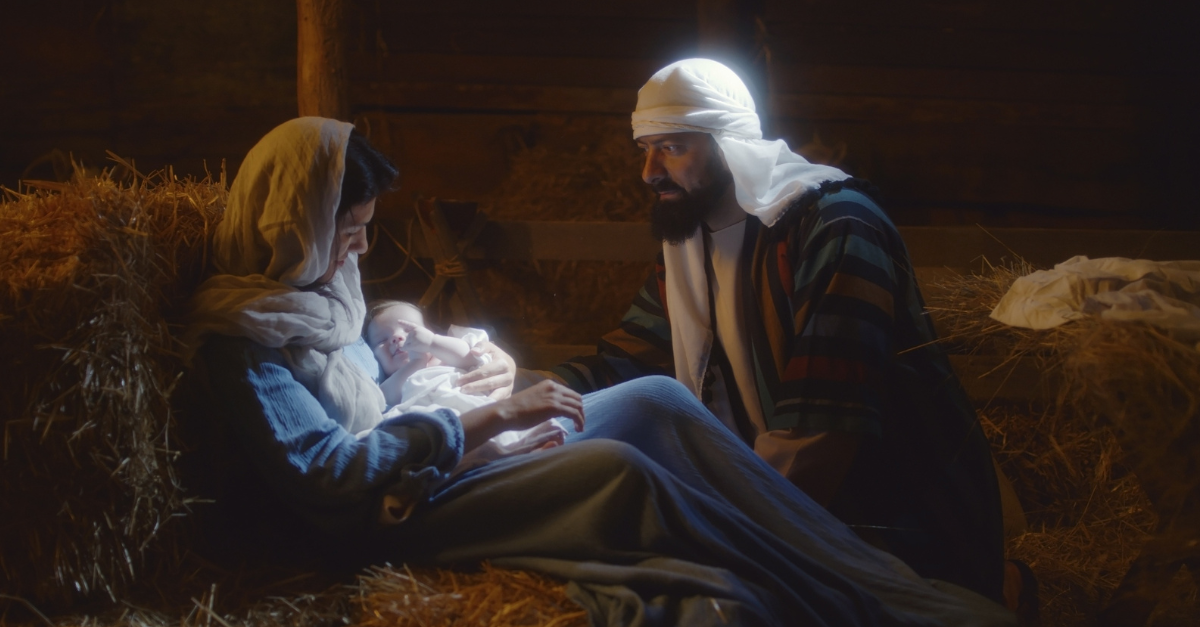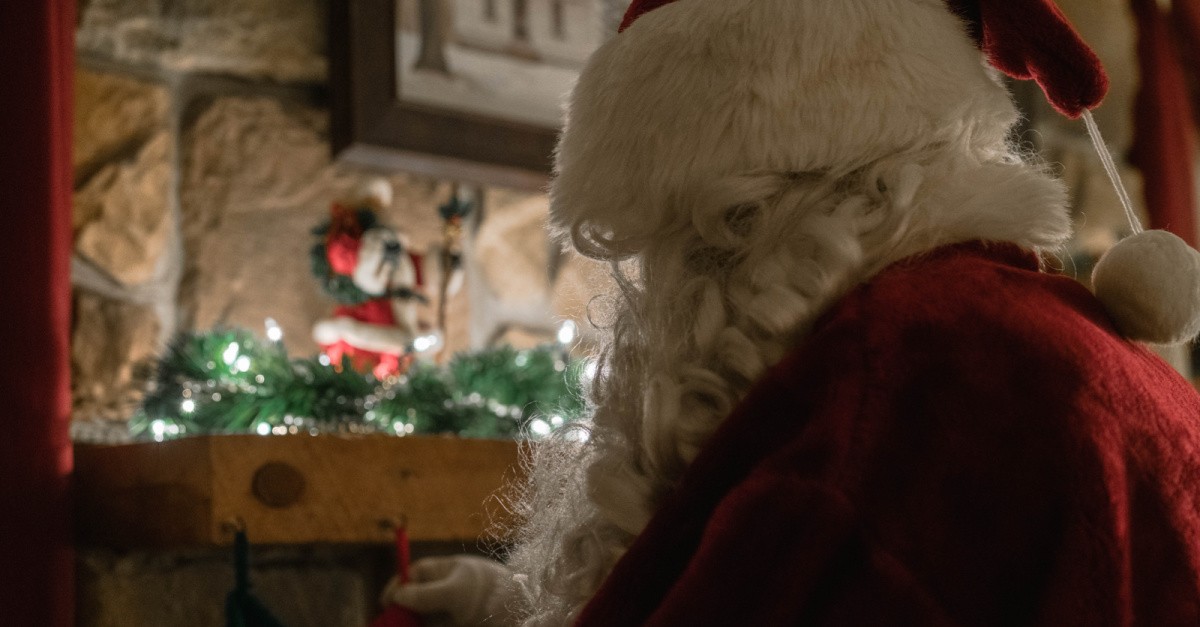The Nativity scene – featuring the baby Jesus in a manger, Mary, Joseph, angels, animals, shepherds, and the three wise men – is a cherished Christmas tradition started by Saint Francis of Assisi. However, it’s not entirely accurate. The Bible only mentions that Mary laid Jesus in a manger, which was a feeding trough for animals. This suggests that Jesus was born in a stable. Historians believe that it was common for people in Bethlehem to keep their animals in their homes or in stables attached to their homes. It is also possible that the stable where Jesus was born was used as a guest room for visitors. This would have been especially common during the census, when there would have been a large influx of visitors to Bethlehem. As heartwarming as it is to imagine animals with newborn Jesus, the Bible doesn’t mention any specific animals being present. It’s possible that there were animals in the stable, but it’s also possible that the manger was simply the only place available for Mary to lay Jesus down. Besides that, there is no biblical evidence that the wise men visited Jesus when he was a newborn baby. The Bible only mentions shepherds visiting the newborn Jesus, not wise men. Luke 2:15-20 describes the shepherds’ visit, but there is no biblical basis for the wise men in the Nativity scene. Finally, the Bible doesn’t give the exact number of wise men, nor does it say that the wise men were kings. Matthew 2:1-12 mentions magi (wise men) from the east visiting Jesus, but it is not associated with the Nativity. Jesus was likely older than a newborn when the wise men visited him. They came to a house to visit (Matthew 2:11), not a stable. Not only that, but the Bible doesn’t specify how many wise men there were or what their occupations were. The tradition of three kings likely comes from the fact that they brought three gifts: gold, frankincense, and myrrh. While people may assume the men were kings because of their expensive gifts, it’s also possible that the wise men were astrologers who studied the stars and figured out that the Star of Bethlehem pointed toward the birth of the world’s Savior. That could explain why they were so interested in the star that led them to Jesus.
Related Resource:
Dale and Tamara Chamberlain explore what it means to experience the abundant life that Jesus promised us by tackling ancient truths in everyday settings in their podcast Kainos Project. Listen to their episode on what we get wrong in our Christmas decorations by clicking the play button below:
Photo Credit: ©iStock/Getty Images Plus/manaemedia







